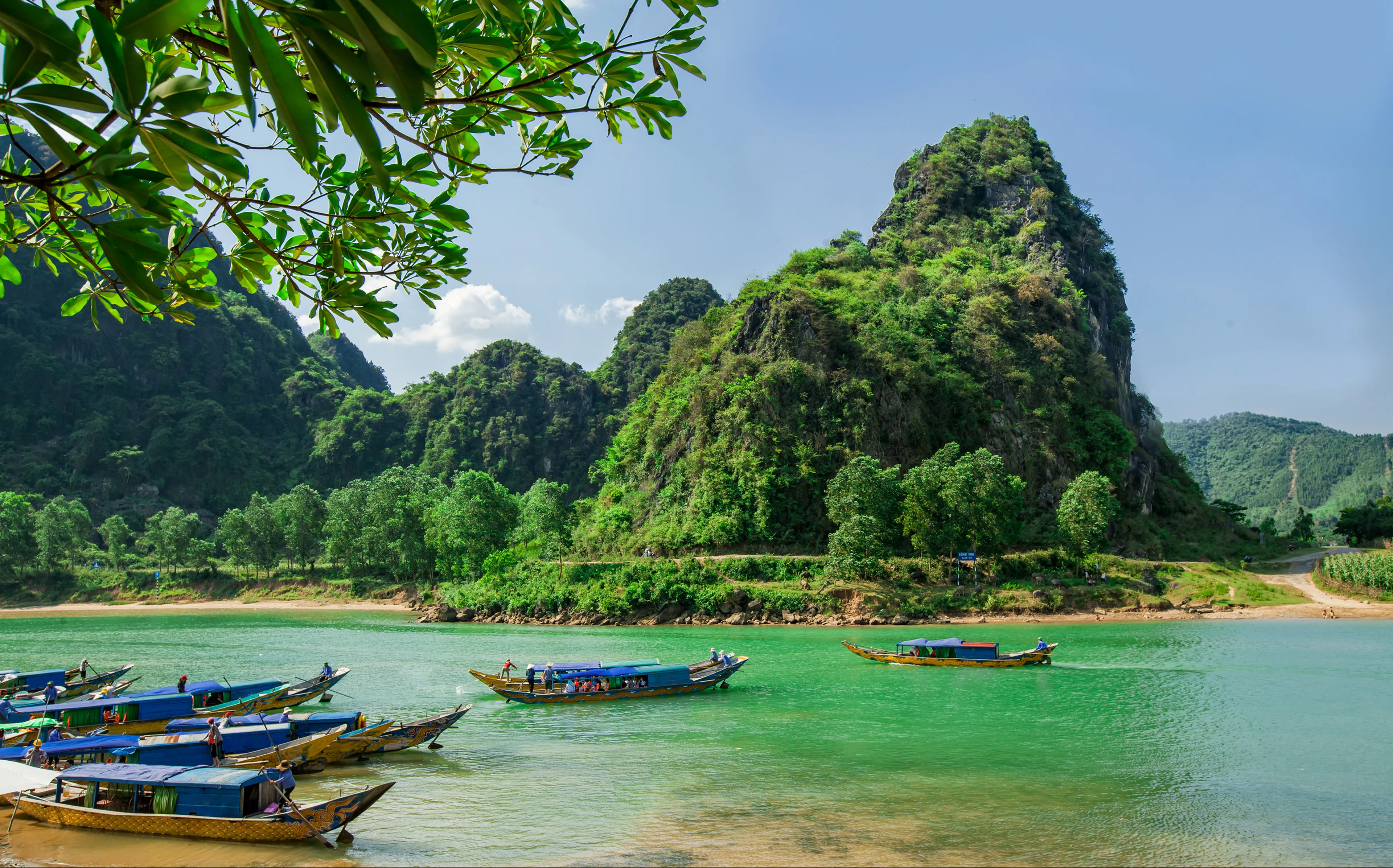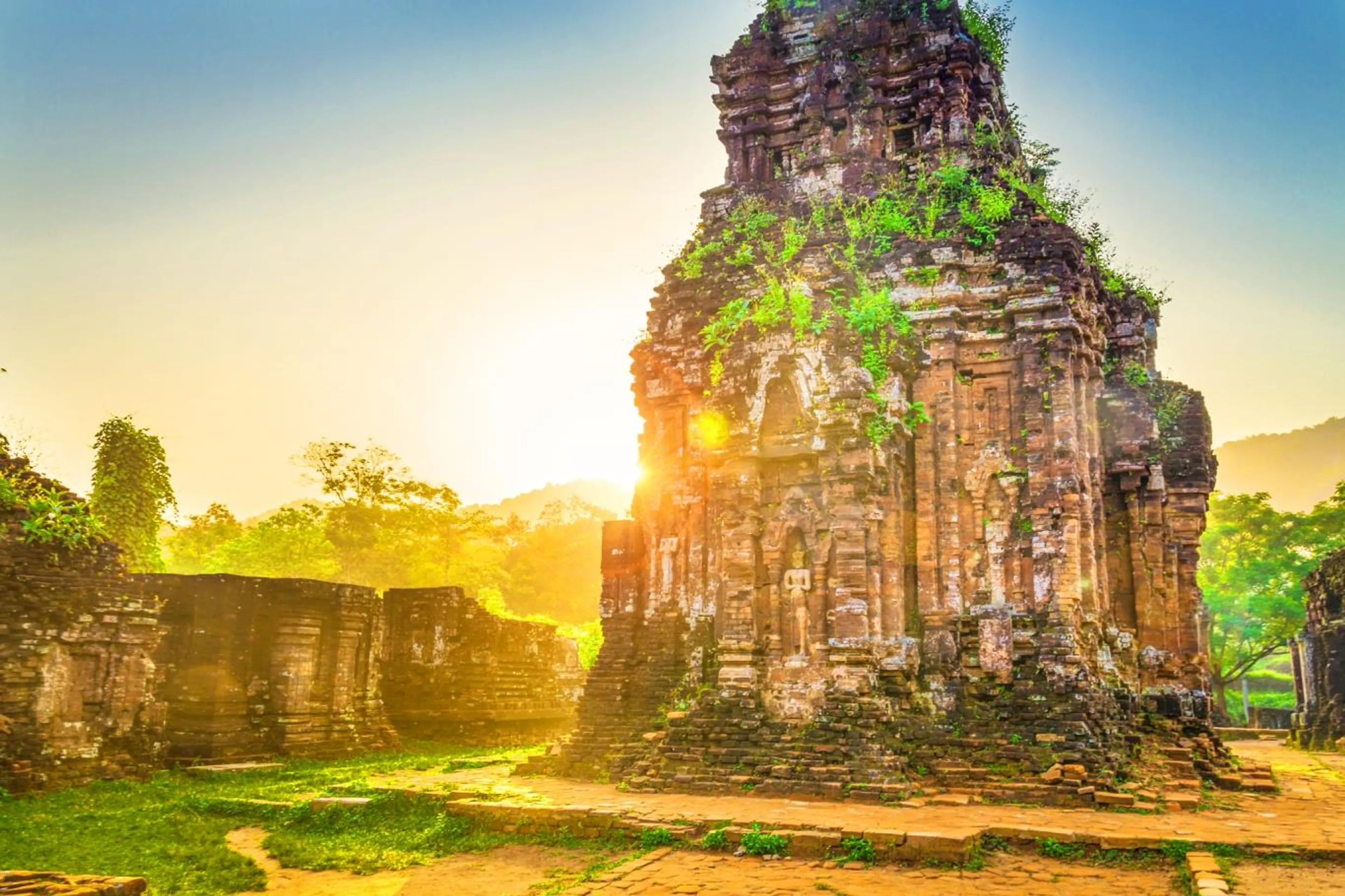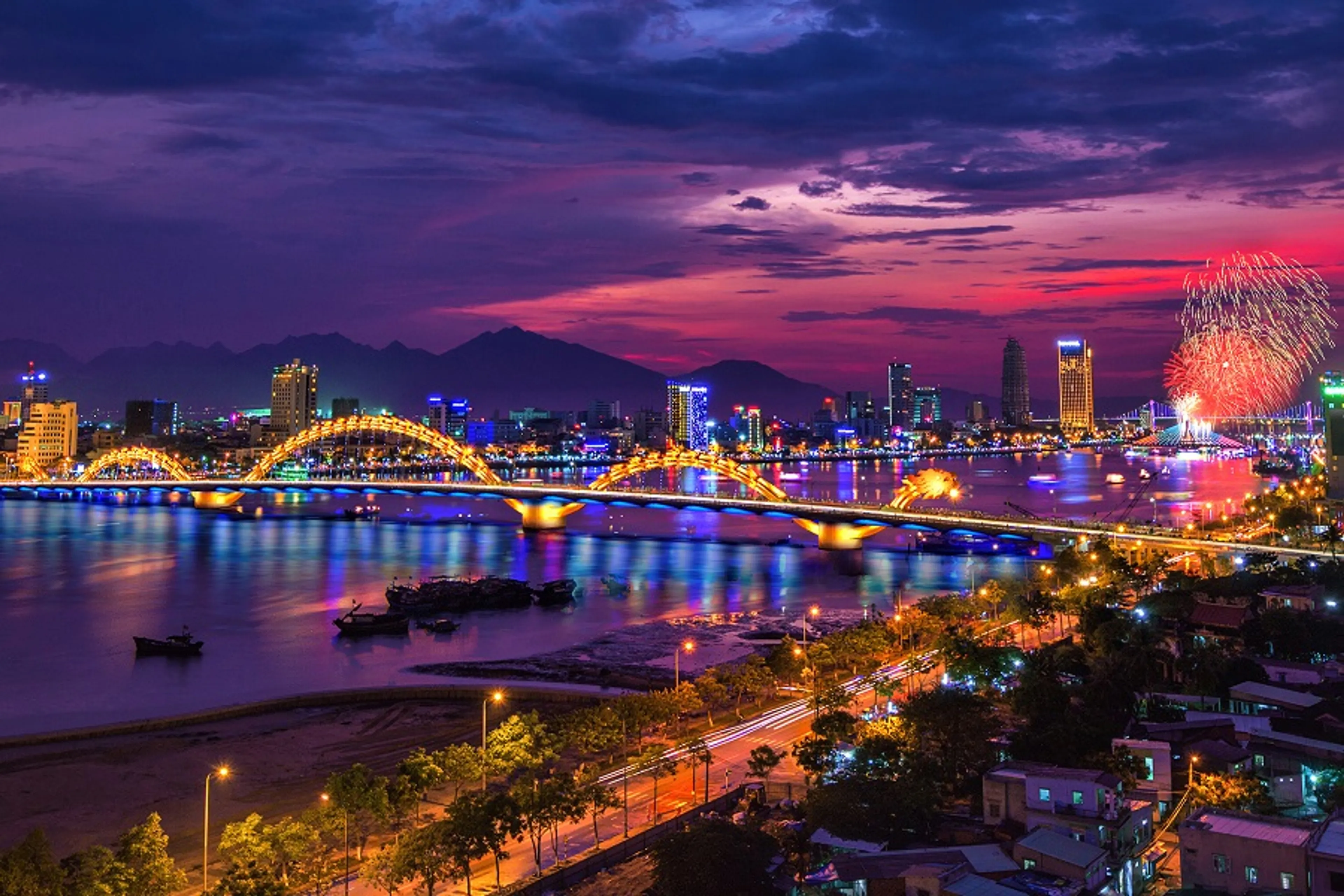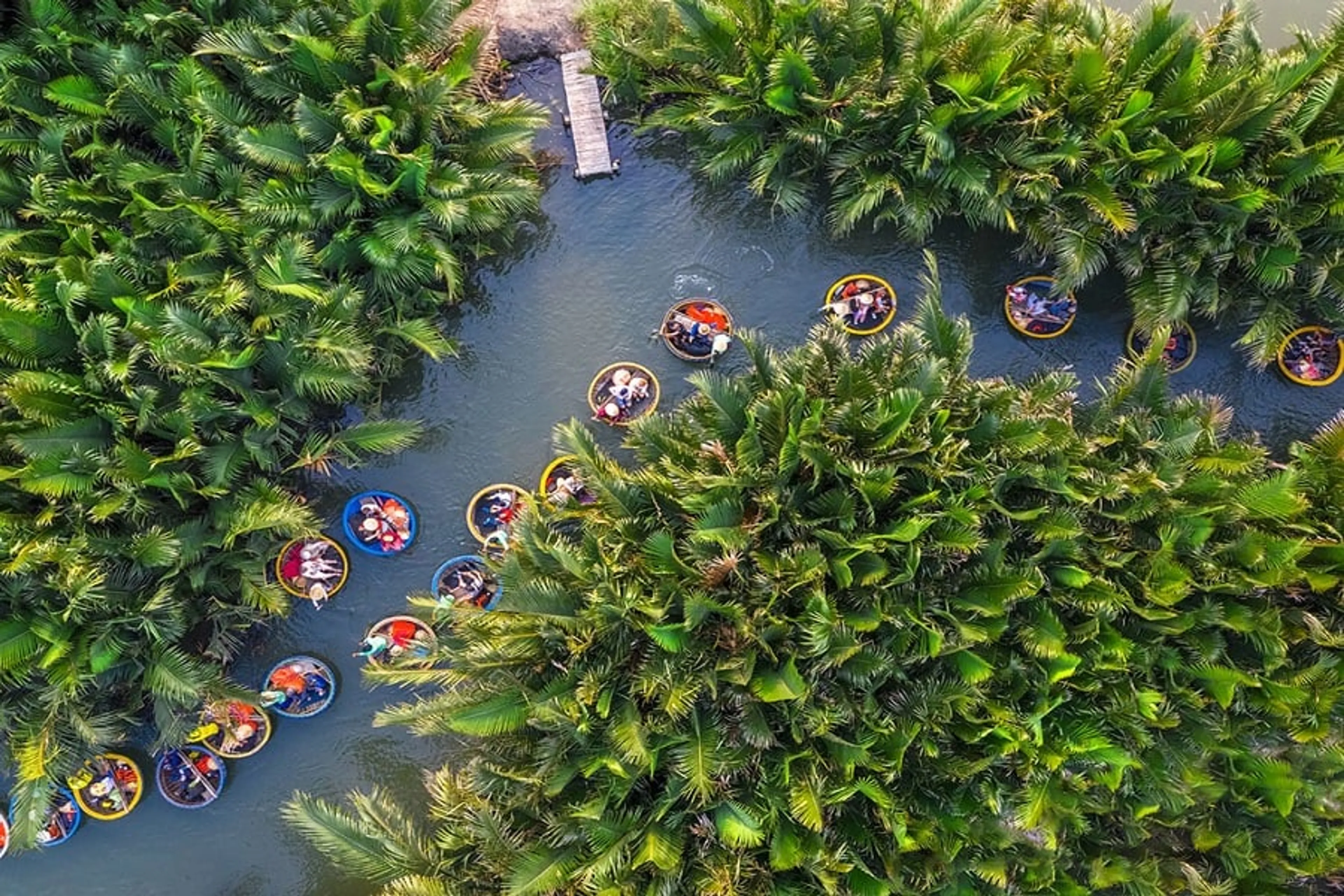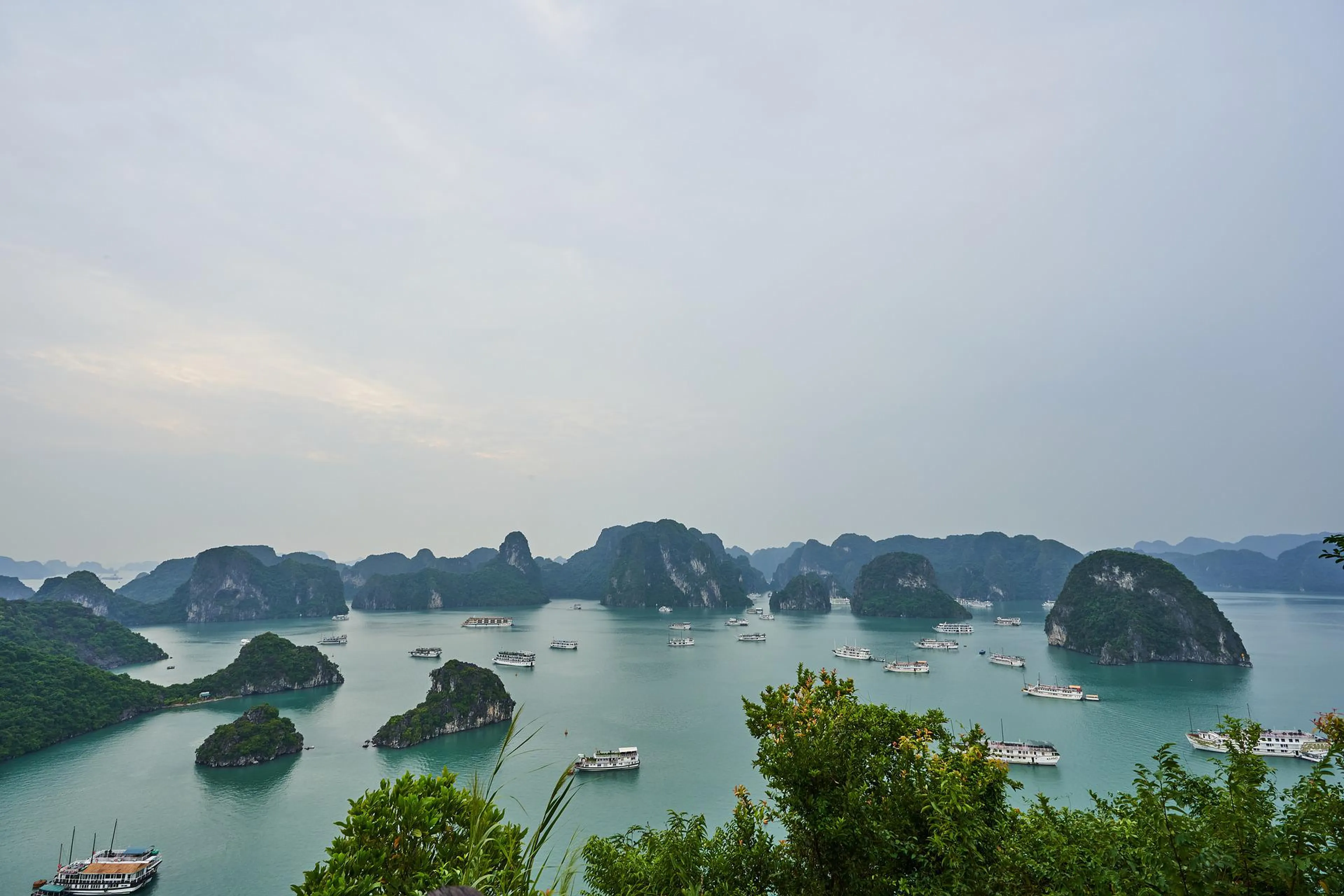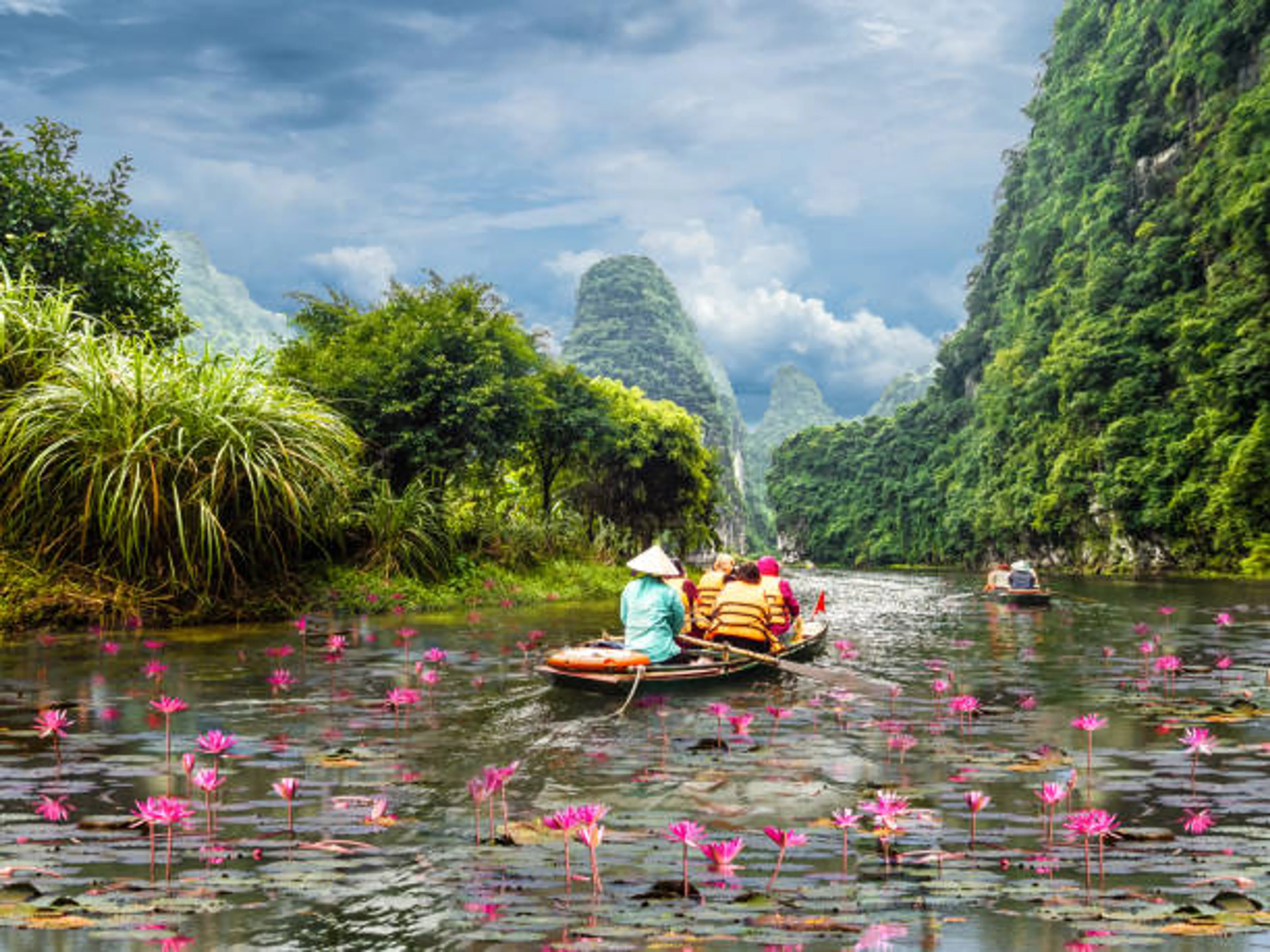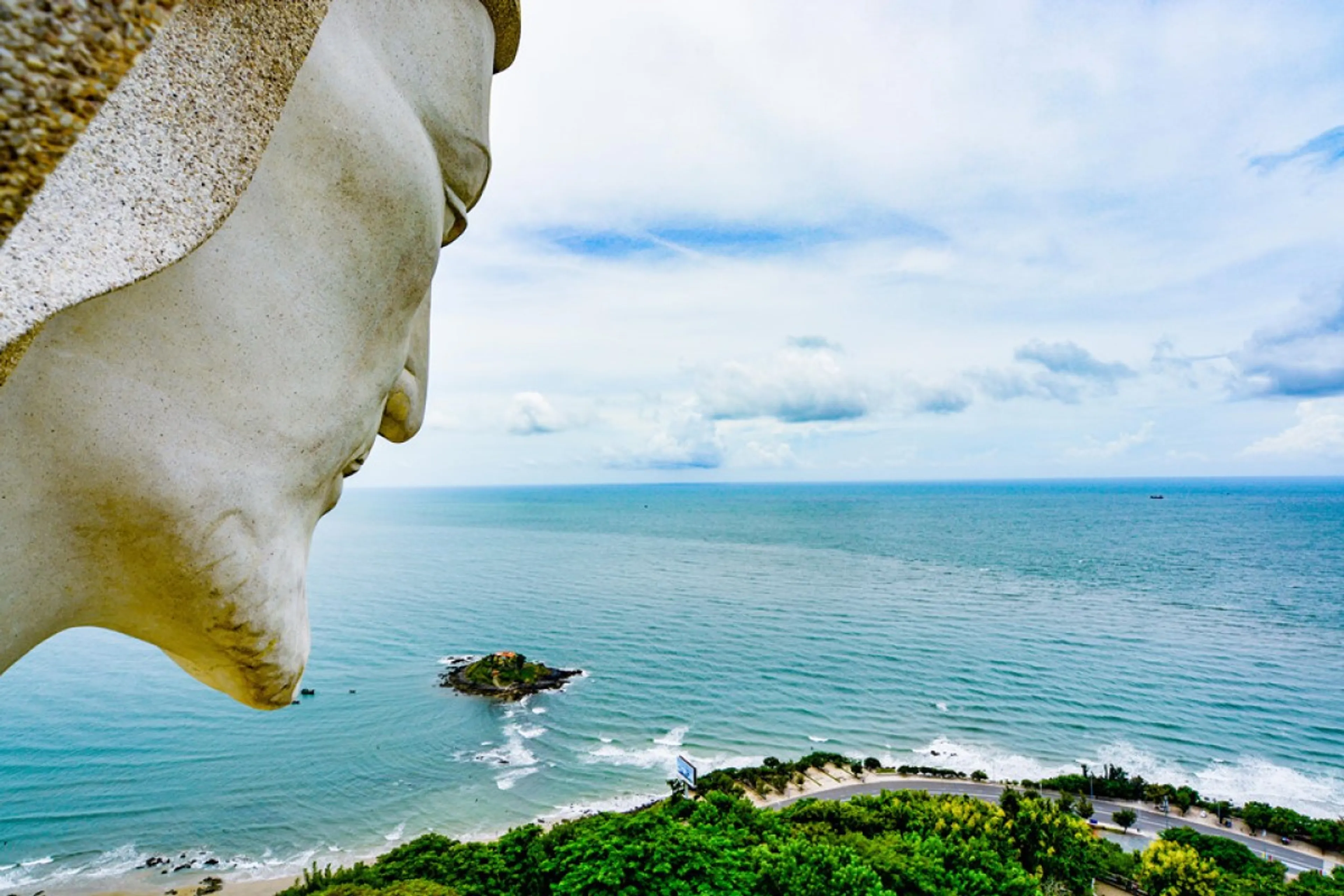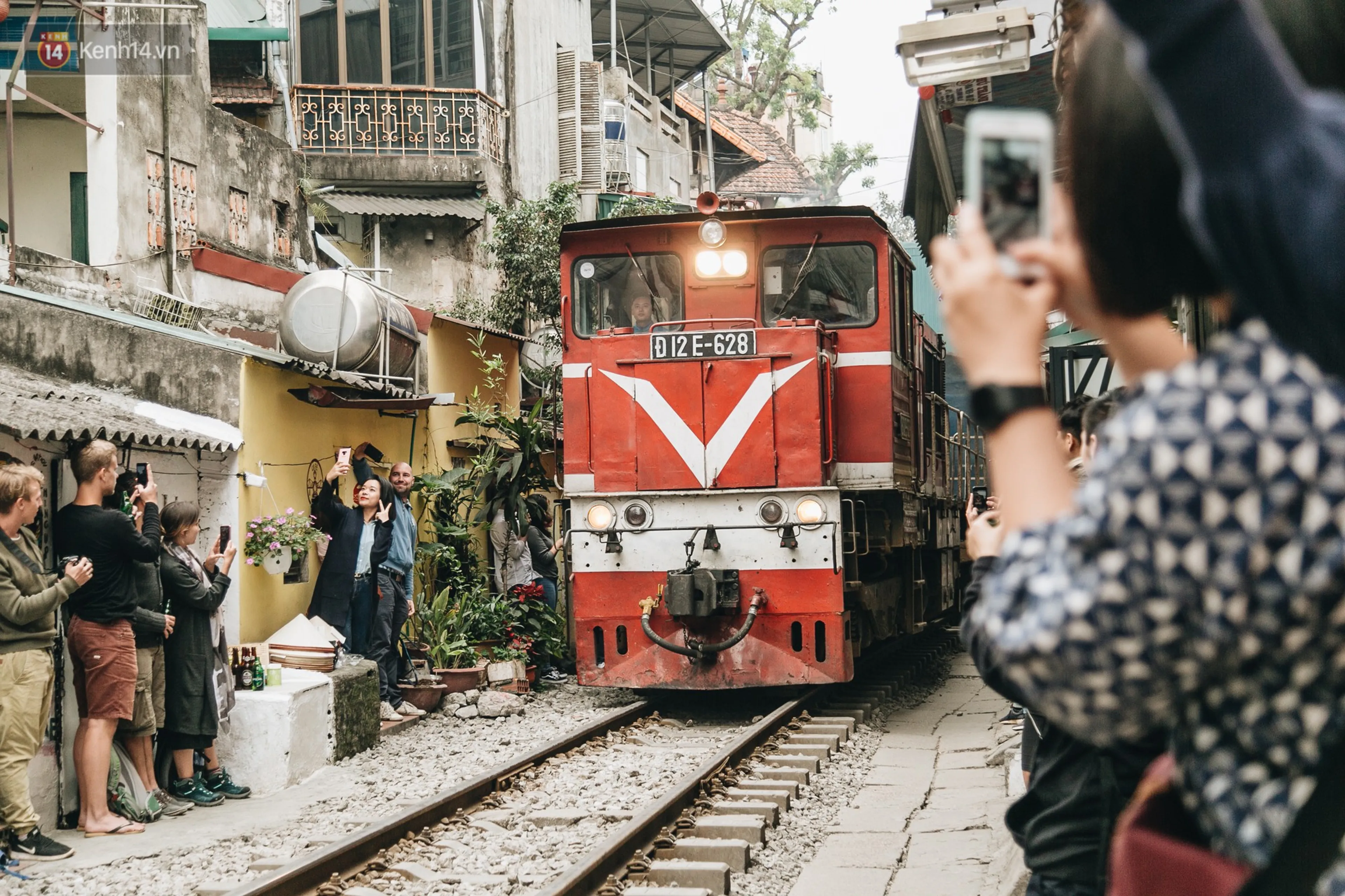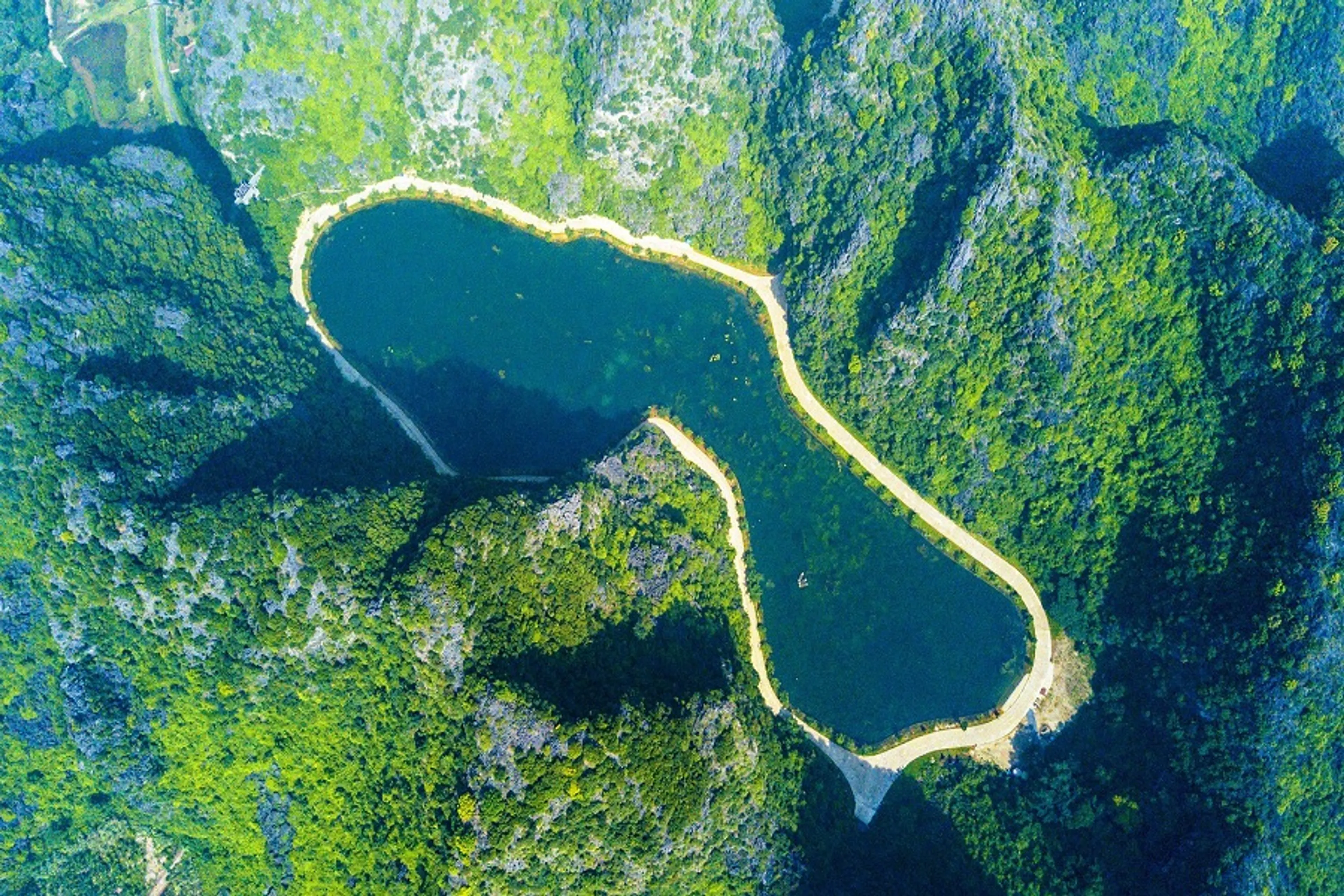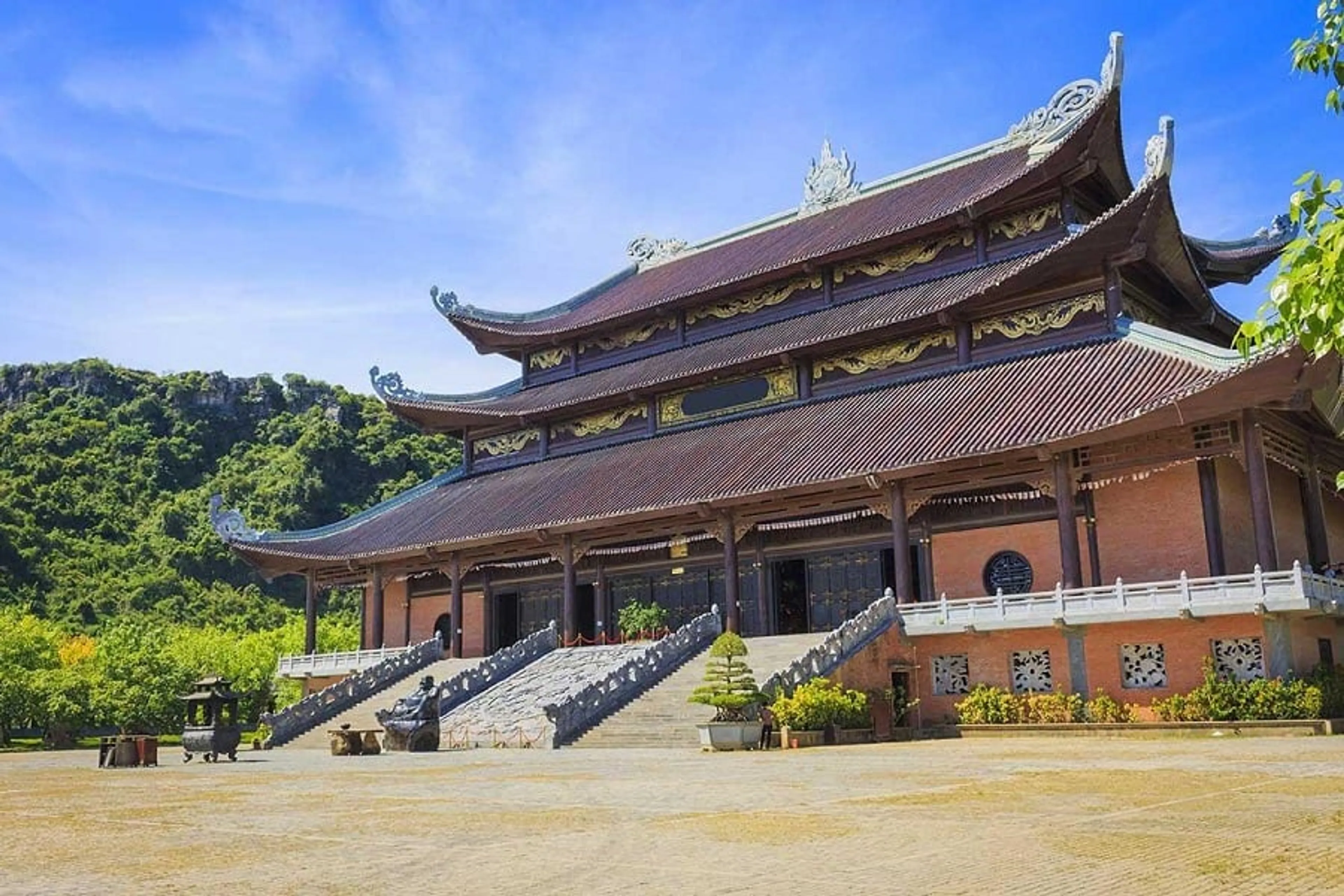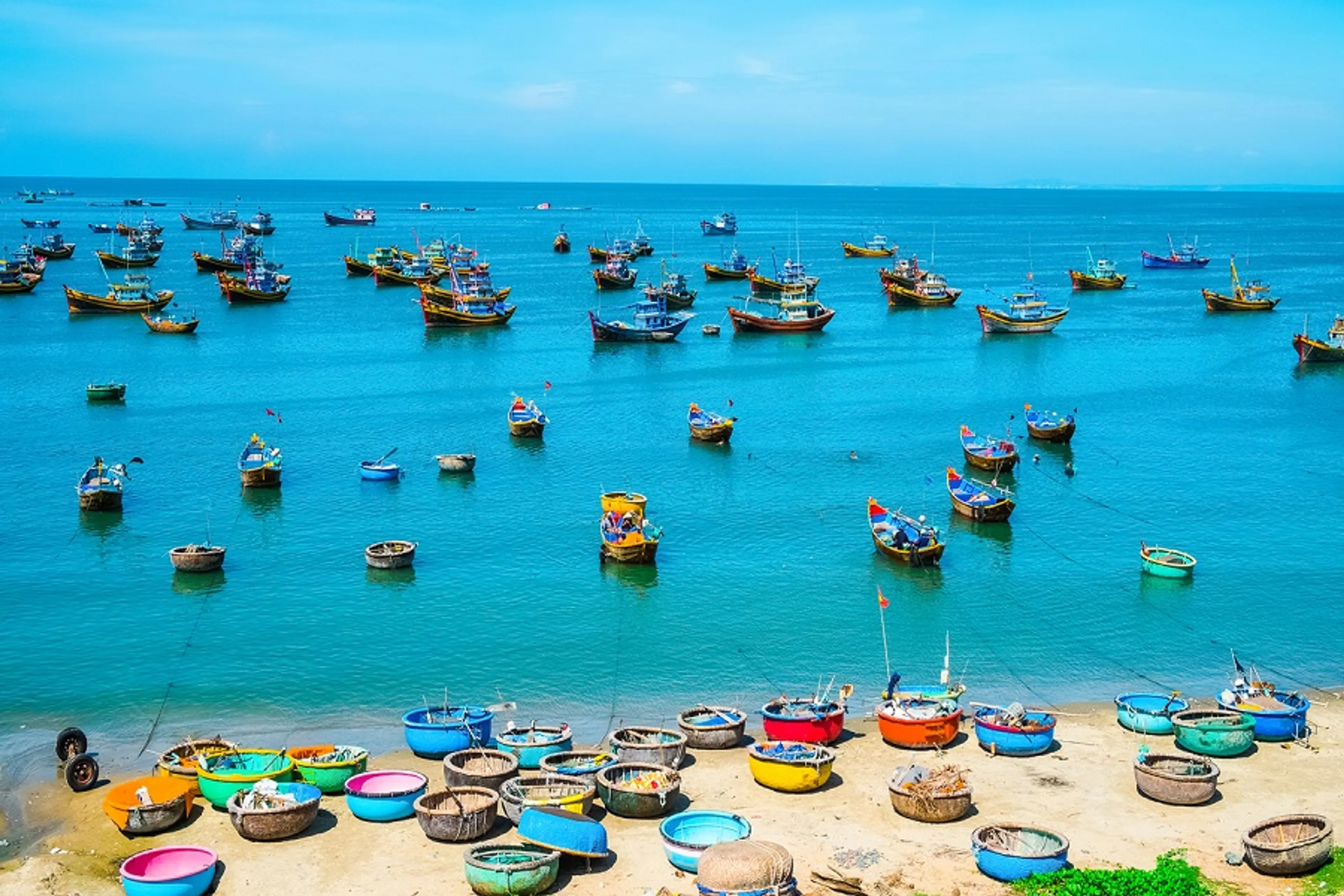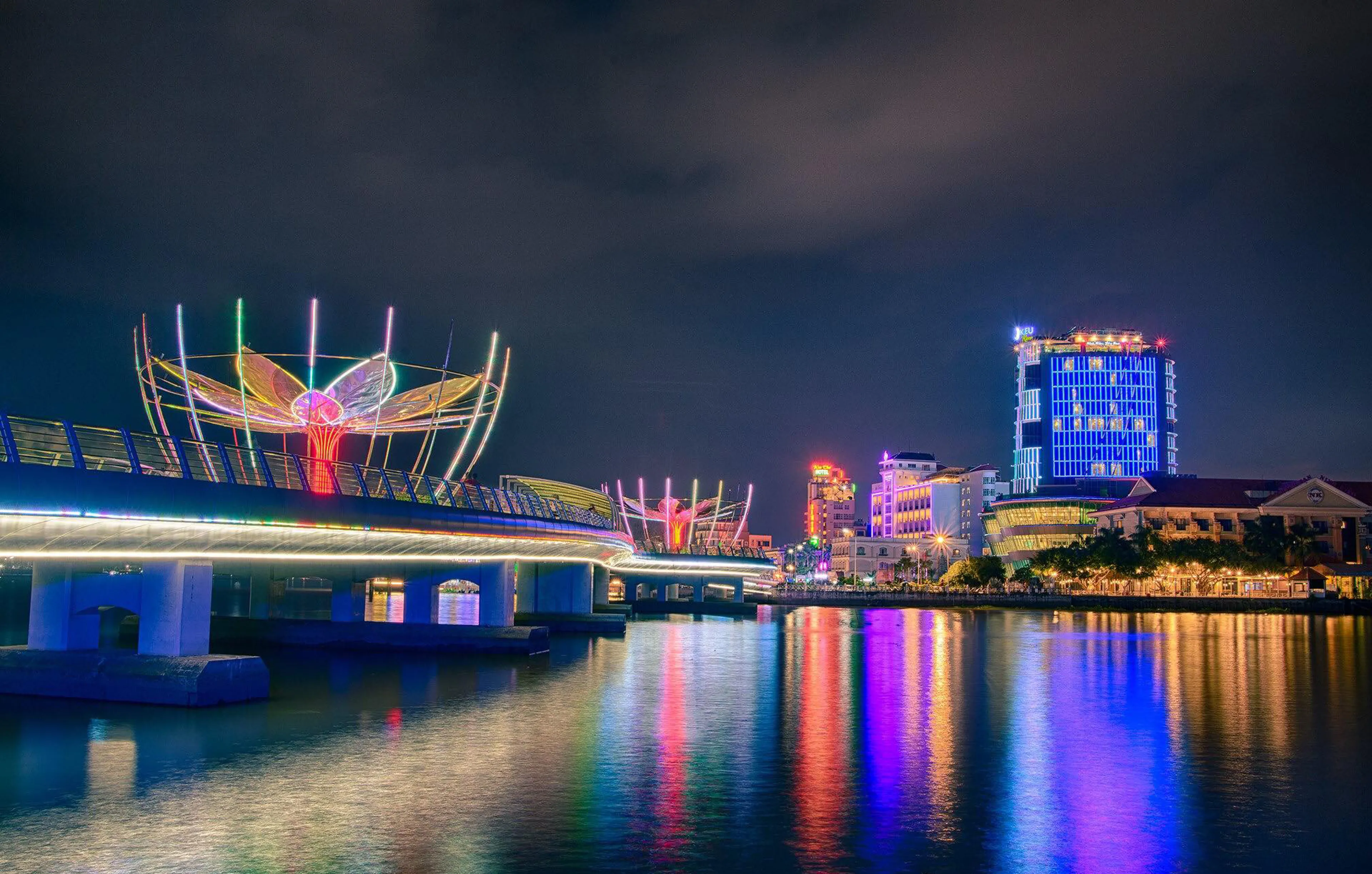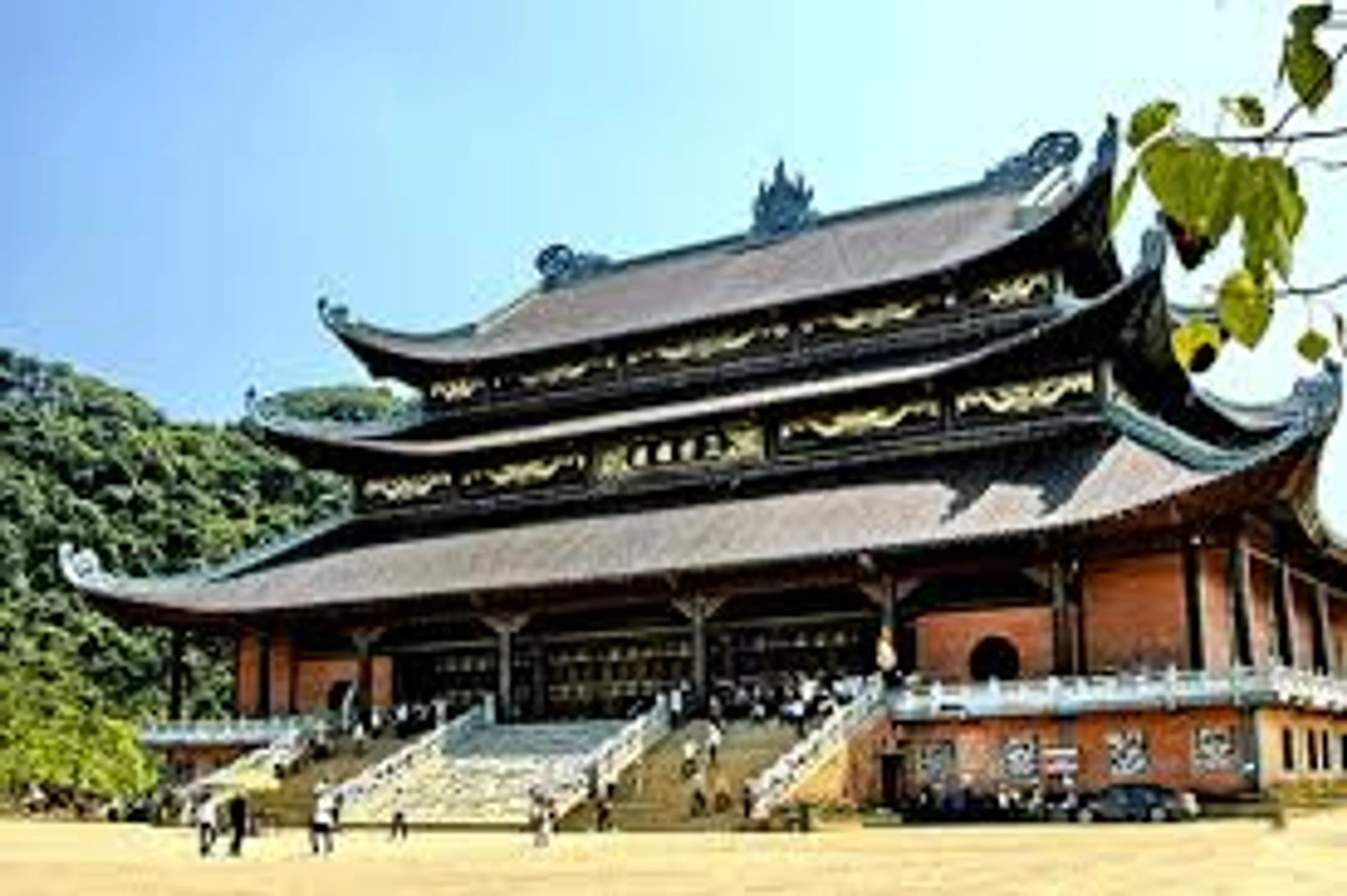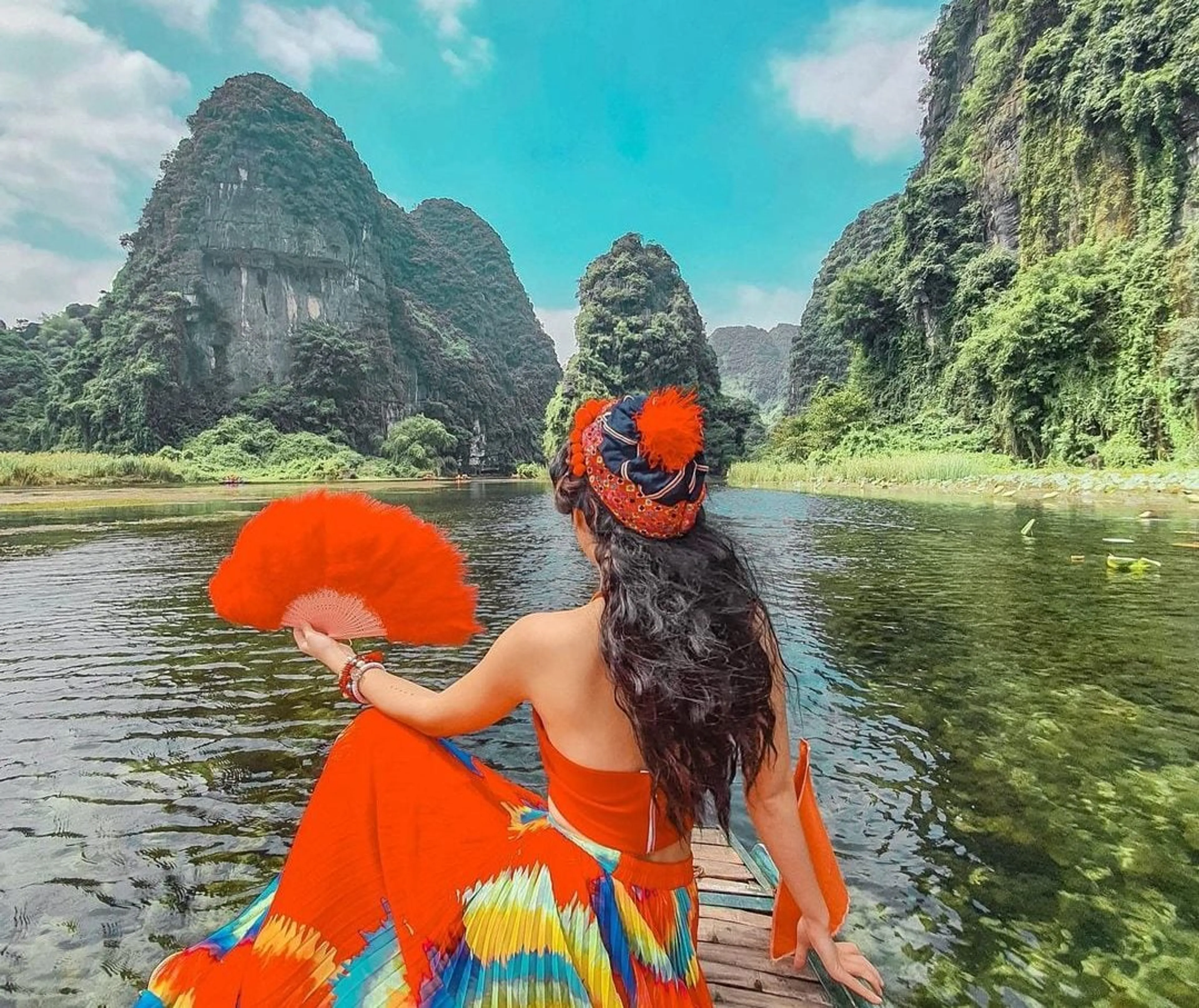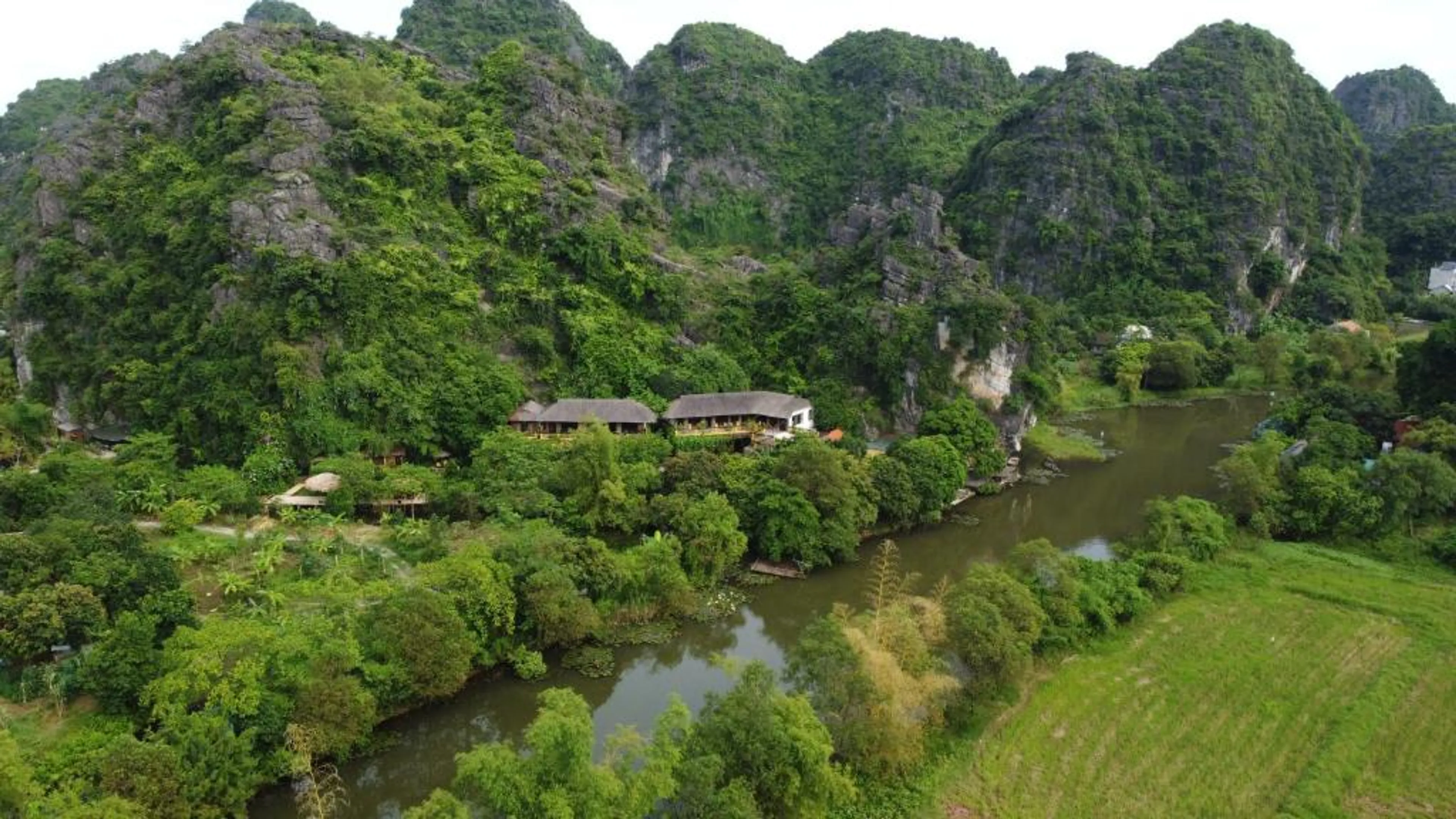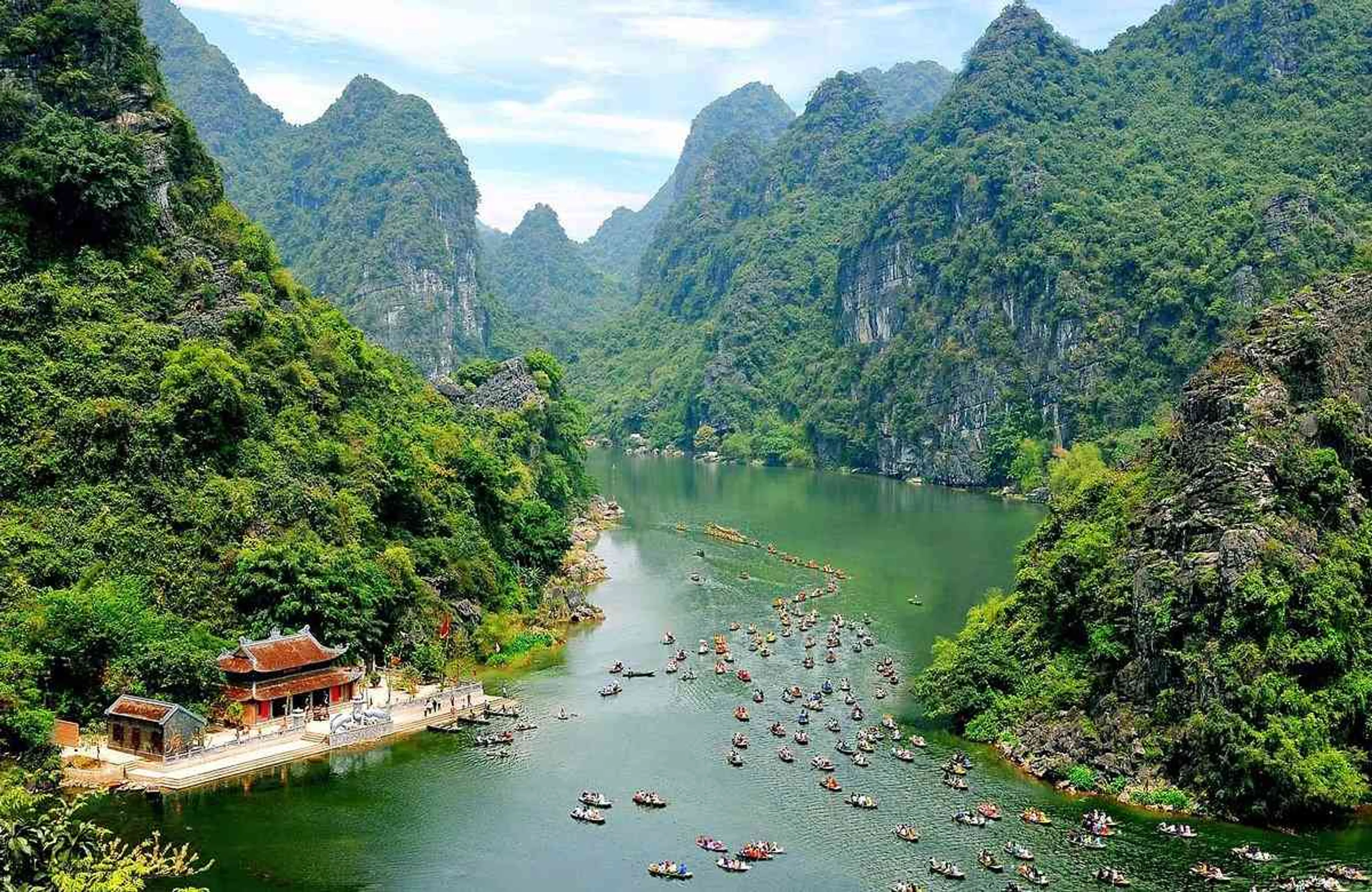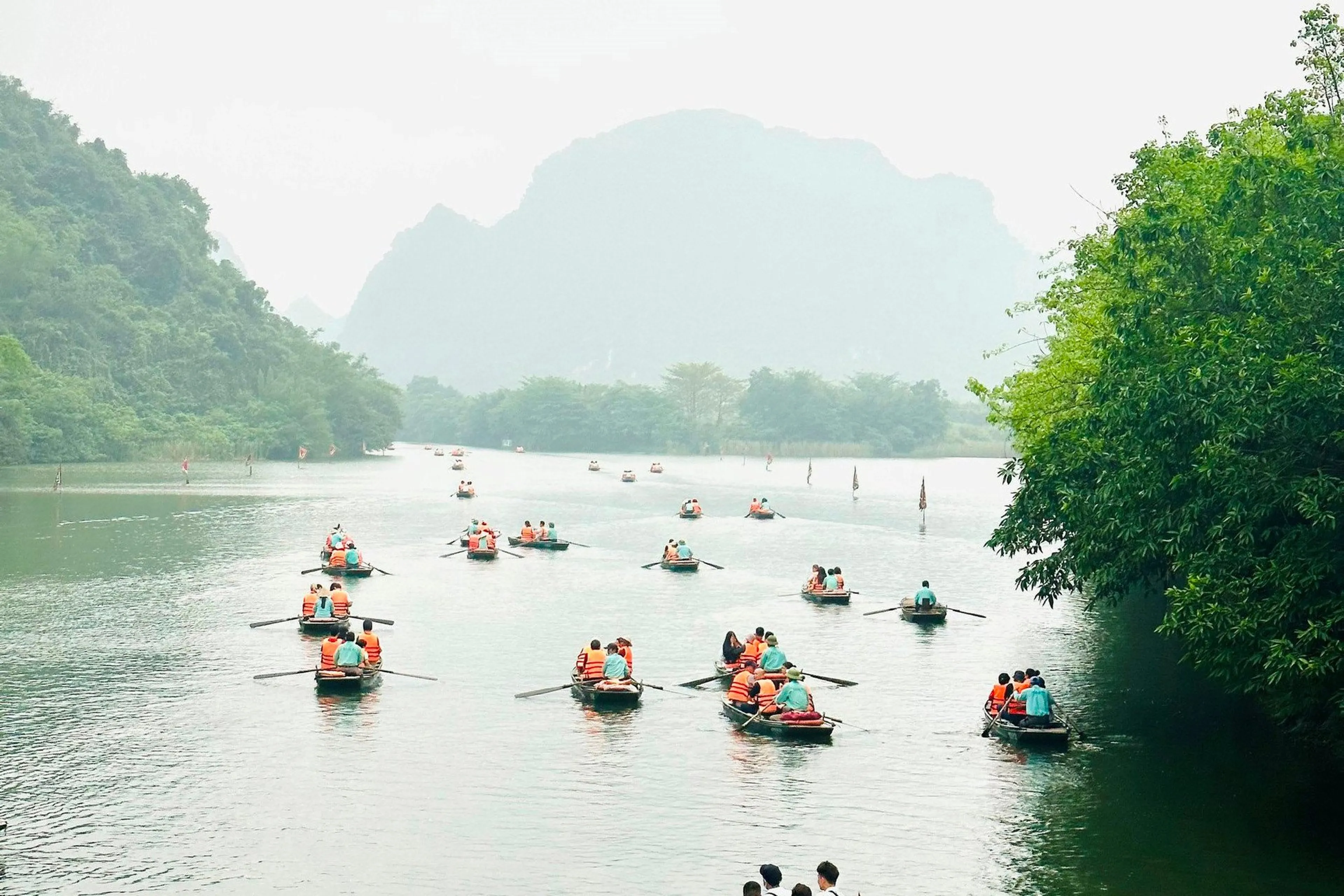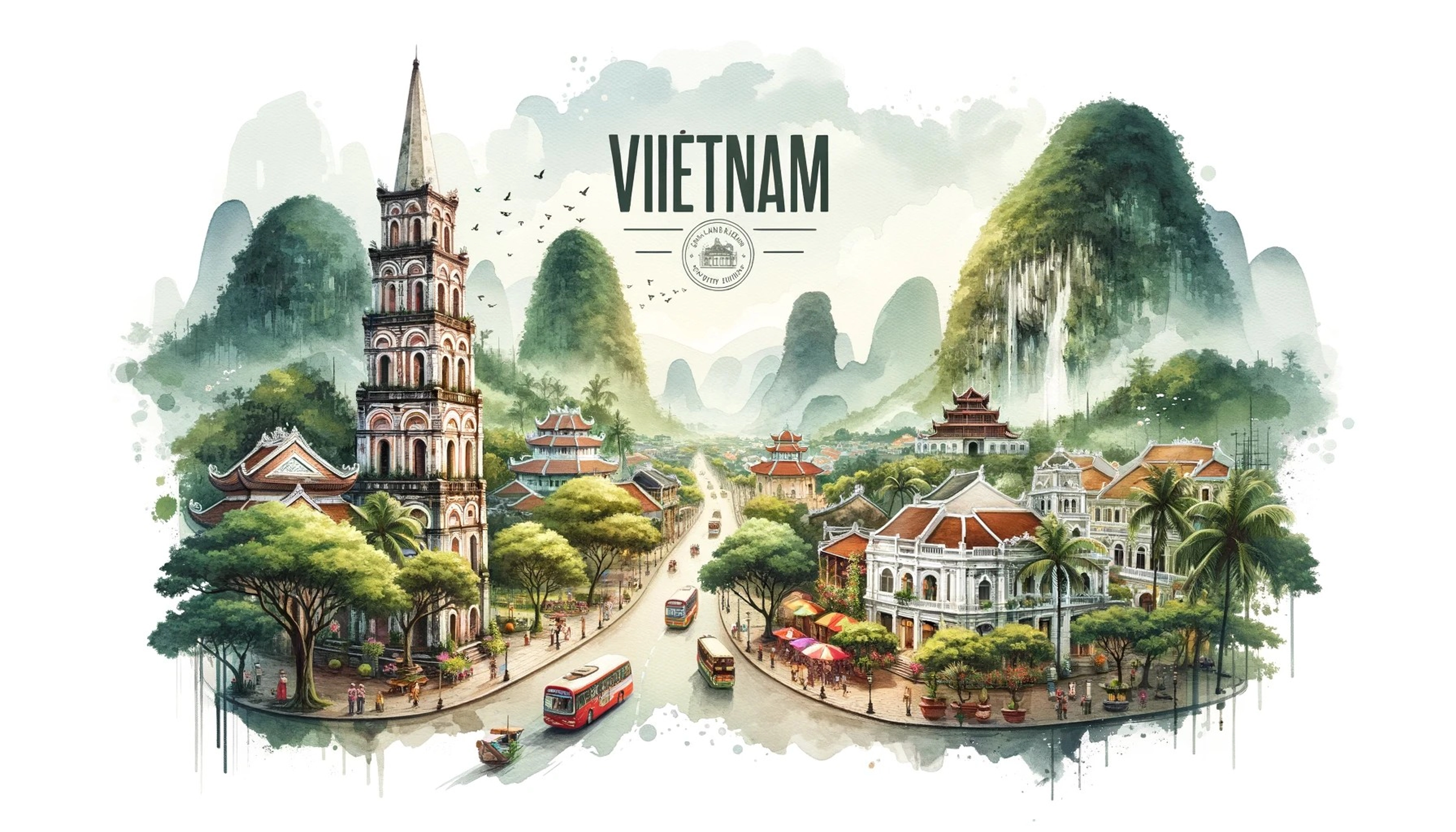
Your Ultimate Guide to Vietnam Travel & Tourism 2023
Welcome to Vietnam, a Southeast Asian country known for its stunning landscapes, rich history, and delectable cuisine. At BDATrip, we're excited to be your guide as you embark on an unforgettable adventure through this enchanting land. From bustling cities to serene rural villages, Vietnam offers a wealth of experiences for travelers of all interests and budgets. In this comprehensive guide, we'll explore everything you need to know about traveling to Vietnam, from visa requirements and accommodations to must-see destinations and activities.
[UPDATE 2023] : Certain travelers to Vietnam require a visa before arrival. Check official sites for specifics. You can apply online here
Must-see attractions
Expert guidance to help you plan your trip
Embark on an adventure in Vietnam and immerse yourself in its vibrant culture and stunning natural landscapes. Explore must-visit places and exciting activities for an unforgettable journey.
Obtain the necessary visa information for your Vietnam trip. Our guide will walk you through the application process and requirements to ensure a smooth and hassle-free entry into this beautiful country.
Master the art of getting around Vietnam with our comprehensive transportation guide. From bustling cities to remote villages, we'll help you navigate the diverse landscapes of Vietnam with ease.
Prepare for your Vietnam adventure with essential travel tips and information. From visa requirements to local customs, our guide will help you navigate the rich culture and landscapes of Vietnam with confidence.
Manage your finances while exploring Vietnam with our currency and money tips. Learn about currency exchange, budgeting, and money-saving strategies to make the most of your travel experience.
Plan your visit to Vietnam during the best times for a truly memorable experience. Discover the ideal seasons for exploring Vietnam's natural wonders, attending festivals, and enjoying outdoor activities.
Activities & Tours
Welcome to our comprehensive guide on Vietnam Travel. Whether you're an adventurer at heart, a beach lover, or a foodie on the hunt for exotic flavors, Vietnam has something extraordinary to offer.
Known for its rich cultural heritage, stunning landscapes, and vibrant cities, Vietnam is fast becoming a must-visit destination in Southeast Asia. In this guide, we will unravel the best of what this fascinating country has to offer.
From bustling cities like Hanoi and Ho Chi Minh City to tranquil spots such as Halong Bay and Hoi An, Vietnam Tourism is as diverse as it is captivating. Get ready to explore scenic vistas, indulge in delicious cuisine, and discover hidden gems that make Vietnam a traveler's paradise.
So, buckle up as we take you on an unforgettable journey through the land of the ascending dragon. Read on to find out everything you need to know to make your Vietnam trip truly extraordinary.
Why Visit Vietnam?
If you're still on the fence about whether Vietnam should be on your travel bucket list, let us help you make up your mind. With its diverse landscapes, rich history, and warm-hearted locals, Vietnam Travel offers an experience like no other.
1. Cultural Heritage
Vietnam's history is as complex as it is fascinating. From ancient temples to traditional performances, the country's cultural richness is evident at every turn. Immerse yourself in the local culture and you'll quickly understand why Vietnam Tourism is on the rise.
2. Breathtaking Scenery
With landscapes ranging from lush rice terraces in Sapa to the surreal beauty of Halong Bay, Vietnam is a feast for the eyes. Whether you're an avid photographer or simply a nature lover, Vietnam's scenic beauty will leave you in awe.
3. Culinary Delights
Vietnamese cuisine is a tantalizing mix of flavors, with influences from various Asian and European cuisines. From the world-famous Pho to the lesser-known Banh Xeo, your taste buds are in for a treat.
4. Adventure Awaits
If you're an adrenaline junkie, Vietnam has plenty to offer. From trekking in the northern hills to kitesurfing along the central coast, adventures are around every corner.
5. Affordable Travel
One of the best things about traveling in Vietnam is its affordability. From budget-friendly hotels to economical public transport, you can enjoy a lavish vacation without breaking the bank.
Vietnam offers a unique blend of natural beauty, cultural richness, and thrilling activities, making it a must-visit destination for any traveler.
Top Places to Visit in Vietnam
Vietnam is a country of contrast and diversity, offering a range of experiences that cater to all kinds of travelers. Here, we've rounded up some of the Top Places to Visit in Vietnam, from bustling cities to tranquil retreats.
Hanoi
The capital city of Vietnam, Hanoi is a fascinating blend of East and West, combining traditional Sino-Vietnamese motifs with French flair. Don't miss the Old Quarter, the Hoan Kiem Lake, and the various museums that provide a glimpse into Vietnam's complex history.
Ho Chi Minh City
Also known as Saigon, Ho Chi Minh City is the bustling economic hub of Vietnam. The city offers a mix of modernity and old-world charm, with plenty of markets, temples, and skyscrapers. This is one of the Vietnam Places to Visit for an urban experience.
Halong Bay
Known for its emerald waters and thousands of towering limestone islands topped with rainforests, Halong Bay offers some of Vietnam's most stunning sceneries. Whether you take a cruise or kayak around the islands, it's a must-visit spot for nature lovers.
Hoi An
This well-preserved ancient town is famous for its charming streets, lantern-lit evenings, and well-preserved architecture. It's one of the most picturesque Vietnam Tourist Places.
Sapa
If you're an adventure enthusiast, Sapa is the place for you. Located in the northern region, it offers excellent trekking opportunities along with stunning views of terraced rice fields.
Phu Quoc Island
This idyllic island in the Gulf of Thailand offers beautiful beaches, clear waters, and a laid-back atmosphere, making it a perfect destination for relaxation.
Da Nang
Da Nang, the "tourist capital" of South Central Vietnam, offers a blend of sandy beaches, historical landmarks, and modern attractions. From the scenic Marble Mountains to the awe-inspiring Dragon Bridge, Da Nang is a vibrant city that caters to a range of interests. For a more detailed guide, check out our dedicated page on Da Nang.
These are just a few highlights, and the list of Places to Visit in Vietnam could go on and on. Whether you're into history, nature, or food, Vietnam has something to cater to your interests.
Best Tours in Vietnam
One of the best ways to explore Vietnam is by taking part in guided tours that offer curated experiences. Whether you're an adventure seeker, a history buff, or someone looking to relax, there's a tour for you. In this section, we outline some of the Best Tours in Vietnam to help you plan your perfect Vietnam Itinerary.
Adventure Tours
For the adrenaline junkies, Vietnam offers a plethora of adventure activities. From trekking in Sapa to caving in Phong Nha, the options are endless.
Cultural Tours
Learn about Vietnam's rich history and culture by visiting its ancient temples, traditional villages, and bustling markets. A guided cultural tour can offer you insights that you might not get otherwise.
Food Tours
Vietnam's culinary scene is vibrant and diverse. A food tour can take you through the streets of Hanoi or the alleys of Ho Chi Minh City, sampling the best local dishes along the way.
Luxury Cruises in Halong Bay
If you're looking for a more relaxed and luxurious experience, a cruise in Halong Bay might be what you need. Enjoy the stunning natural beauty while sipping on some fine wine.
Motorbike Tours
For those who want to explore Vietnam at their own pace, a motorbike tour offers the freedom to visit off-the-beaten-path destinations.
These are just a few examples, and the types of tours you can experience are diverse. For a more detailed list of tour options, you can visit our specialized Vietnam Tours page.
Best Time to Visit Vietnam
Planning the perfect Vietnam trip also involves choosing the right time to visit. Vietnam's climate varies from north to south, offering you a range of experiences depending on when you go. In this section, we'll guide you through the Best Month to Visit Vietnam so you can make the most out of your journey.
Weather Considerations
The north experiences cold winters and hot summers, while the south remains warm year-round. The central region can be affected by monsoons from October to April. Therefore, it's essential to plan your travel dates according to the weather conditions of the regions you'll be exploring.
Festivals and Events
Visiting Vietnam during local festivals like Tet (Vietnamese New Year) or the Mid-Autumn Festival can offer a deep cultural experience but also means crowded tourist spots and increased rates on accommodation and services.
Peak and Off-Peak Seasons
Generally, December to April is considered the peak season for tourism in Vietnam. If you prefer to avoid the crowds, consider traveling during the off-peak months when the weather is still relatively pleasant.
For a more detailed guide on the best times to visit, check out our comprehensive article on The Best Time to Visit Vietnam.
Things to Do in Specific Locations
While the beauty of Vietnam can leave you spellbound, it's the activities and experiences that make a trip truly unforgettable. In this section, we'll explore some of the best Things to Do in Vietnam, focusing on specific locations.
Activities in Hoi An
From exploring ancient streets to taking a cooking class, Hoi An offers a range of activities for every type of traveler. Don't miss out on a traditional lantern-making workshop or a river cruise at sunset.
Things to Do in Ninh Binh
Ninh Binh is often referred to as the 'Halong Bay on land' and offers incredible natural beauty. Whether it's cycling through the countryside or exploring the ancient pagodas, you'll find plenty of things to do here.
Adventures in Phong Nha
Home to some of the world's largest caves, Phong Nha is a paradise for adventure enthusiasts. Cave exploring is a must-do activity in this region.
Urban Exploration in Ho Chi Minh City
For a slice of urban life, Ho Chi Minh City offers plenty of activities, from visiting historical landmarks to enjoying the bustling nightlife.
Cultural Experiences in Hue
Hue, the ancient capital of Vietnam, offers a deep dive into the country’s history and culture. Visiting the Imperial City and the various tombs should be on your list.
For a more comprehensive guide on activities across the country, check out our detailed article on Best Things to Do in Vietnam.
Practical Tips for Traveling in Vietnam
While Vietnam is a relatively easy and safe country to explore, there are some practicalities that every traveler should be aware of. In this section, we provide Practical Tips for Traveling in Vietnam to help you navigate your journey more smoothly.
Visa Requirements
Most visitors to Vietnam will require a visa to enter the country. The requirements can vary depending on your nationality and the length of your stay. For detailed information on visa requirements, consult our comprehensive guide on Vietnam Visa Requirements.
Travel Costs
Understanding the cost of traveling in Vietnam can help you budget your trip effectively. From accommodation to food and transportation, we've broken down the costs to help you plan better. Check out our article on Vietnam Travel Costs and Money-Saving Tips for more information.
Safety Tips
Vietnam is generally a safe country for travelers. However, it's always best to take precautions, such as avoiding poorly lit areas at night and being cautious when crossing the street, especially in busy cities like Hanoi and Ho Chi Minh City.
Local Etiquette
Understanding local customs and etiquette can greatly enhance your travel experience. Simple gestures like removing your shoes before entering someone's home and dressing modestly when visiting religious sites can go a long way.
Health Precautions
It's advisable to get travel insurance that covers medical expenses. Also, make sure you're up to date on routine vaccinations before traveling to Vietnam.
Armed with these practical tips, you'll be better prepared to enjoy everything Vietnam has to offer.
Conclusion
With its stunning landscapes, rich cultural heritage, and diverse range of activities, Vietnam has firmly established itself as a premier travel destination in Southeast Asia. Whether you're an adventurer, a history buff, or someone simply looking to unwind, Vietnam offers an experience tailored for you.
We hope this comprehensive guide on Vietnam Travel has provided you with all the information you need to plan your perfect trip. From discovering hidden gems to indulging in local cuisines, the opportunities for exploration are endless. And with our practical tips and recommended tours, you can travel with confidence, knowing you're well-prepared for the journey ahead.
So, what are you waiting for? Pack your bags, book your tickets, and get ready to explore all that Vietnam has to offer. We're confident that this trip will be one for the books!
If you found this guide helpful, don't forget to share it with your friends and family who are also considering a Vietnam Tourism adventure. Safe travels!
 BDATrip
BDATrip